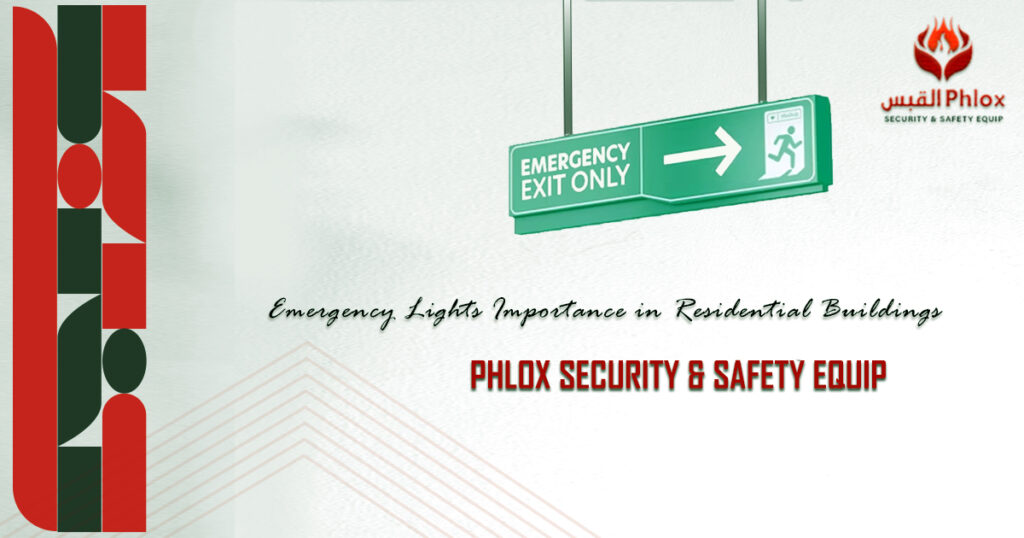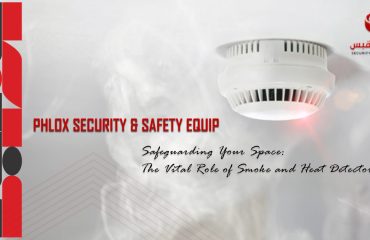
Emergency Lights Importance in Residential Buildings
In the realm of residential safety, emergency lights stand as silent guardians, ready to guide and protect when darkness and uncertainty descend. These unassuming fixtures play a critical role in providing visibility and ensuring a safe evacuation during power outages and emergency situations. In this blog, we will shed light on the significance of such lights in residential buildings.
Emergency lights hold a crucial role in safeguarding our households. These unassuming luminaries are more than just illumination during power outages; they are the guiding beacons that pave the way to safety when unforeseen emergencies arise. Moreover, these unobtrusive yet essential devices contribute to maintaining order, enabling evacuation, and ensuring peace of mind for homeowners in times of darkness and uncertainty.
Types of Emergency Lights:
Emergency lights encompass various types, each designed to fulfill specific functions in enhancing safety during power failures and emergencies. These lights go beyond traditional illumination, serving as beacons of guidance, enabling safe evacuation, and facilitating clear communication in challenging situations. Here are some key types of these lights commonly found in residential buildings:
- Exit Lights
- Escape Route Lights
- Standby Lights
- Central Battery Systems and Self-Contained Units
Understanding these types of emergency lights allows homeowners and building managers to make informed decisions. Specially when planning and implementing their emergency lighting systems. By incorporating the right combination of emergency light types, residential spaces can ensure comprehensive coverage, clear evacuation paths, and effective illumination during critical moments.
Ensuring Visibility and Evacuation
Emergency lights silently await their moment to shine, guiding us through darkness and uncertainty. Their unobtrusive presence plays a vital role in residential safety. Which ensures that occupants can navigate to safety during power failures and emergencies. By understanding their functions, types, installation, and maintenance, homeowners can illuminate a path to a safer, more prepared living environment.
House owners should strategically position these unobtrusive luminaries in order to provide illumination along escape routes and critical areas. Which offers a reliable source of light that guides occupants to safety.




